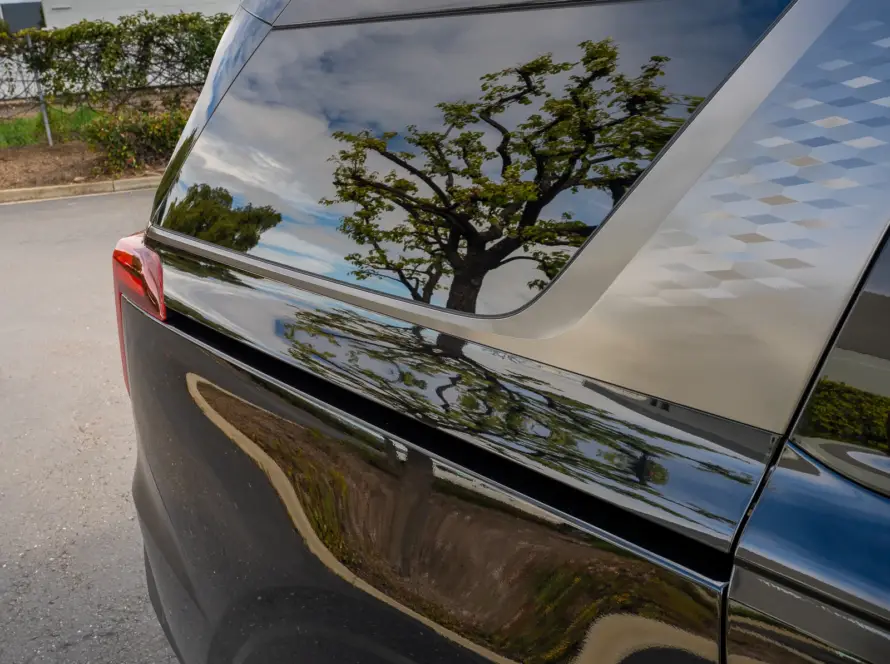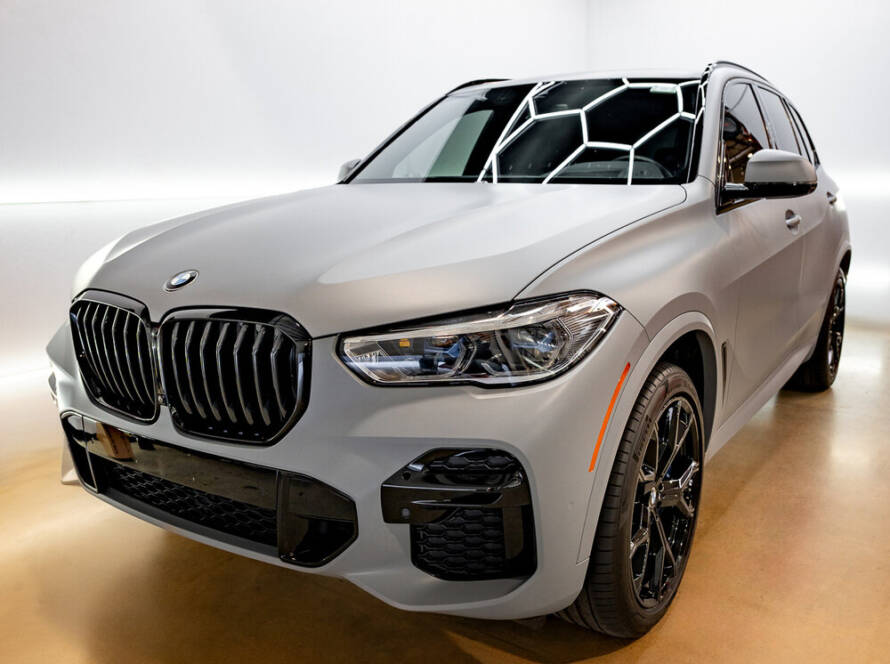If you’re investing in window tinting for your car, you want it to last as long as possible. But how long does window tint actually last, and what factors affect its lifespan and durability? In this guide, we’ll break down the average lifespan of different tint types, the key factors that impact longevity, and pro tips to extend the life of your tint.
Table of Contents
- How Long Does Window Tint Last?
- Factors That Affect Tint Lifespan
- Durability by Tint Type: Ceramic vs. Carbon vs. Dyed
- Signs Your Window Tint Needs Replacement
- How to Make Your Window Tint Last Longer
- Choosing a Professional Tint Installer
- Final Thoughts
- FAQs

How Long Does Window Tint Last?
The lifespan of your window tintdepends on the type of film, quality of installation, and how well it’s maintained. Here’s a general breakdown:
| Window Tint Type | Average Lifespan |
| Dyed Tint | 3-5 years(fades faster) |
| Carbon Tint | 5-10 years(more durable) |
| Ceramic Tint | 10+ years(best longevity) |
Factors That Affect Tint Lifespan
Several factors determine how long your car window tintwill last:
- Quality of the film– Higher-quality tints (like ceramic) last longer than cheap dyed films.
- Installation quality– A professional installationensures proper adhesion and longevity.
- Sun exposure– Prolonged exposure to UV rayscan cause fading or bubbling.
- Maintenance– Harsh cleaning productsor improper care can degrade the tint.
- Climate– In areas with extreme heat (like California), ceramic tint lasts much longer.

Durability by Tint Type: Ceramic vs. Carbon vs. Dyed
- Dyed Tint:Cheapest but fades within a few years due to UV exposure.
- Carbon Tint:More durable than dyed, with better heat rejection and resistance to fading.
- Ceramic Tint:The longest-lastingoption, offering maximum heat rejection and UV protection.
If you’re in the San Francisco Bay Area, we recommend ceramic tintfor maximum durabilityand protection from California’s sun.
Signs Your Window Tint Needs Replacement
???? Your tint may need replacement if you notice:
- ✔ Bubbling or peeling– Indicates poor adhesion or aging film.
- ✔ Fading or discoloration– Common in dyed tints over time.
- ✔ Cracking or scratches– A sign of wear and tear.
- ✔ Reduced heat rejection– Your car gets hotter than before.

How to Make Your Window Tint Last Longer
- ✔ Use a microfiber clothand ammonia-free cleaners to prevent damage.
- ✔ Park in shaded areas or use a sunshadeto reduce UV exposure.
- ✔ Avoid rolling down windowsfor at least 48 hours after installation.
- ✔ Get professional installationfrom an expert likeSFG Wrapsto ensure longevity.

Choosing a Professional Tint Installer
For long-lasting window tint, choosing the right installer is crucial. Look for: ✔ Certified installers with experience✔ Warranty-backed tint films✔ High-quality ceramic, carbon, or dyed tint options
AtSFG Wraps, we specialize in high-quality window tintingthat lasts. Whether you need ceramic, carbon, or dyed tint, we’ve got you covered.
Final Thoughts
The lifespan of your window tint depends on the type of film, installation quality, and how well you maintain it. If you’re looking for the best durability and performance, ceramic window tintis the way to go.
Window Tint Lifespan: Key Factors for LongevityFAQs
Q: How long does ceramic tint last?
A: 10+ yearswith proper care—it’s the most durable tint option!
Q: Does window tint fade over time?
A: Yes, but ceramic and carbon tints resist fadingmuch better than dyed films.
Q: How can I make my window tint last longer?
A: Use mild cleaners, avoid direct sun exposure, and get professional installation.
Q: Where can I get professional window tinting in the Bay Area?
A:SFG Wrapsoffers high-quality ceramic, carbon, and dyed tintswith expert installation.
???? Need long-lasting, high-quality tinting in the Bay Area?SFG Wrapsoffers expert installation with premium ceramic and carbon tintsto keep your car cool and protected.


